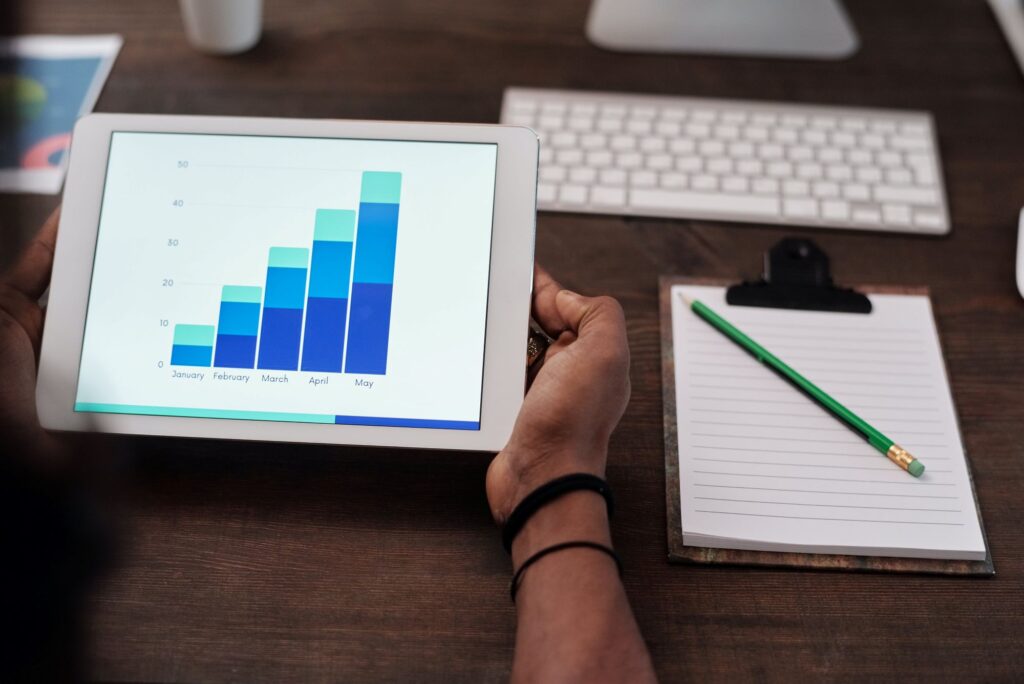By David Barton
Founder, Shenandoah Valley Group
Managing employee benefits requires a lot of paperwork, for employers, brokers, and advisors. Endless cost reports and benefit use updates allow employers to track benefit program effectiveness, but is there a better way?
The simple answer is yes. Digital platforms are offering a way to track benefit use and costs in real time through simple dashboards and easy communication systems.
Where there is data, there is a way. That is what I have learned in my ongoing work to harness advances in technology and put that technology to work for my clients. Not only can better use of technology help with benefits management, but it can also transform a host of other reporting systems that could use a refresh.
Dashboard Discovery
In my work as an advisor, guiding companies towards the best health benefit plans that fit their budgets and employee needs, I hear often about the hassle and internal costs of keeping up with benefits management.
Busy HR managers and CFOs juggle constant streams of information about benefits usage, claims and cost and are often at the mercy of PDF reports that can sometimes lag, producing information that is certainly needed and helpful, but not always up to the minute.
I have struggled with the same data management issues, but using a simple platform for dashboards, has enabled me to set up a real-time dashboard to see streams of data in real time.
Why is that important? It allows me to flag areas where spending and costs can be better controlled more quickly. If, for example, I see high prescription costs or information that indicates an employee is struggling with a chronic condition or facing an expensive procedure, I can use real-time data to get in front of those costs and potentially steer the employee towards care that is less expensive but equal in quality.
More often than you may think, simple and helpful communication with employees can be a huge benefit both in the delivery of the best benefits for the needs and for controlling costs effectively.
Communication, Communication, Communication
Setting up a data dashboard is a giant first leap into having better control over the management of employee benefits. All data collected on employee benefits, from enrollment to claims, can be uploaded into a digital platform, a simple dashboard created, and ticketing and communication systems created to seamlessly manage benefit delivery while predicting and controlling costs.
For my clients, I manage these systems for them and keep them in the driver’s seat when it comes to their checkbook. Dashboards quickly reveal countless opportunities to send updates and messages to employees directing them to the best medical provider for the best price, or to prescription drug discount programs that can lower the cost of medications – or even find them for free.
So many times, employees only focus on their benefits during open enrollment and never look at them again until they have a doctor’s appointment or suddenly find themselves ill. Having a automated communication system allows employers to send regular notices and reminders on ways to take advantage of benefits and stay healthy.
Furthermore, not only can these systems be used to manage benefits, but they can be used to manage any financial or administration task. So setting up new reporting for benefits management can carry over into a wide variety of internal needs.
And you don’t have to be tech savvy!
Note to Brokers
Tired of trying to keep up with reports for your customers? I can show you how to set up dashboards and communication systems that can help you stay focused on growing your business while making sure your clients are receiving the best benefit services.
At SVG, we have been advising companies on better ways to manage health benefits for 17 years and creating systems to help companies take advantage of technology to control costs and better deliver benefits. If you would like to learn more grab some time on my calendar. I look forward to helping you work smarter in 2024.

